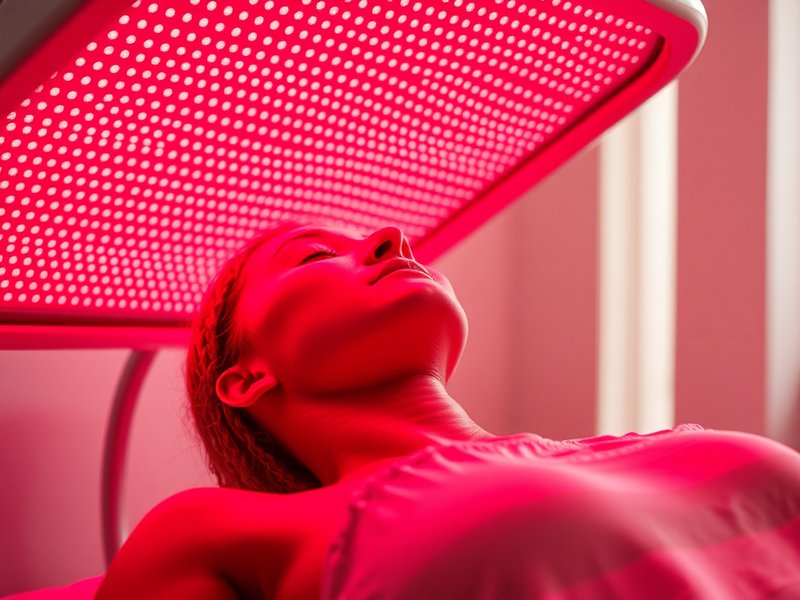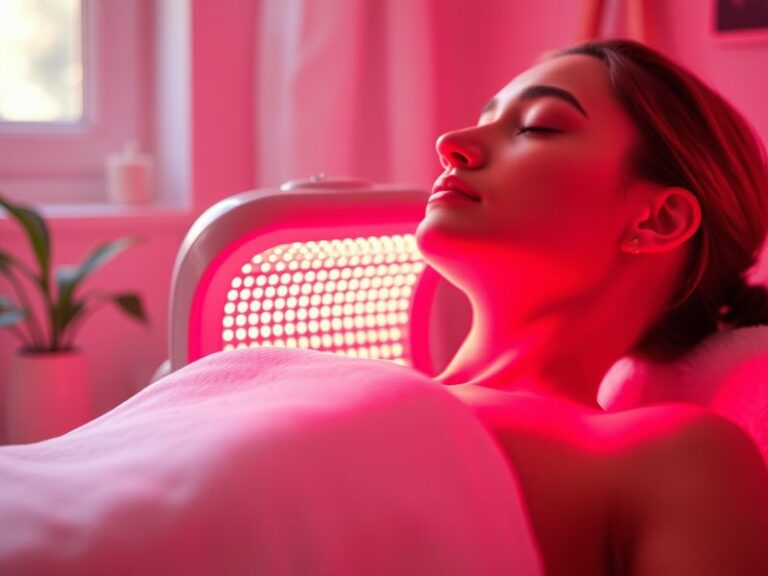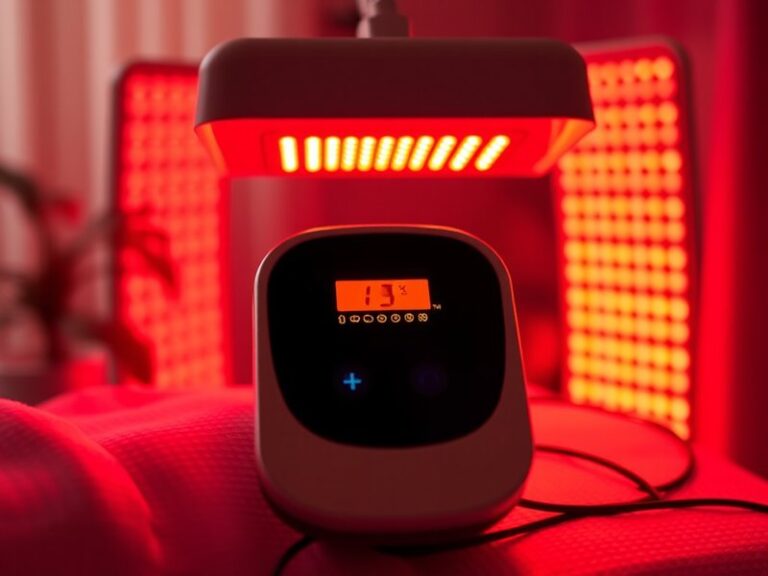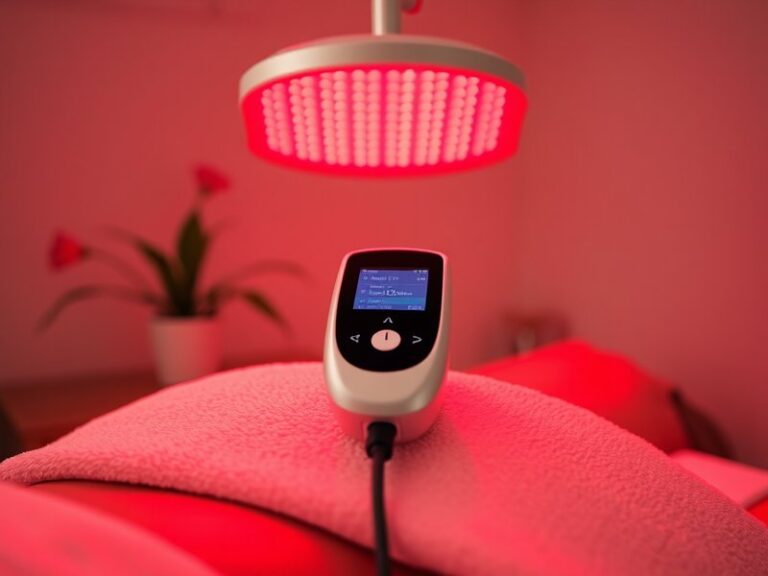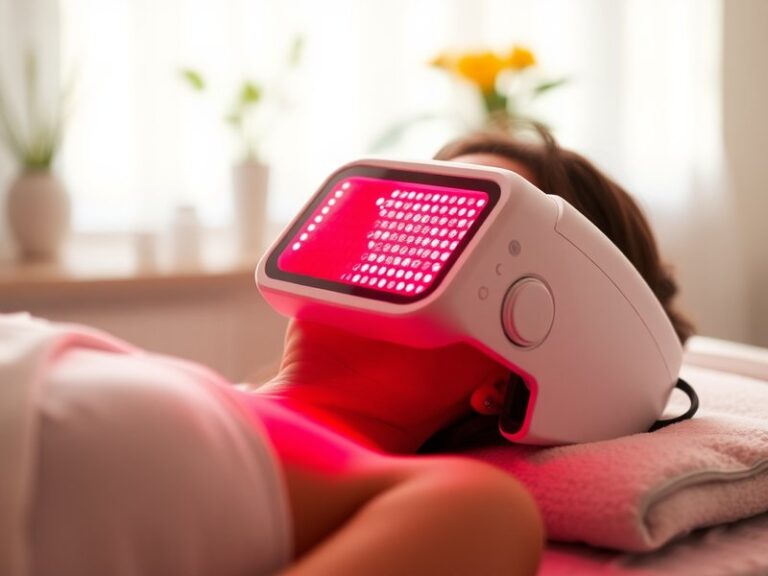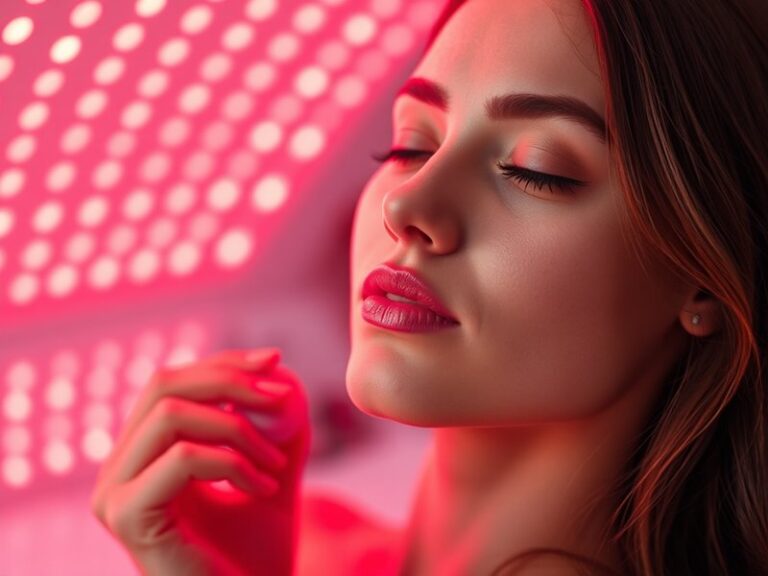How Often Do You Have To Do Red Light Therapy?
How Often Do You Have To Do Red Light Therapy?
Are you curious about how often you should engage in red light therapy for optimal results?
This article delves into the recommended frequency of red light therapy sessions, the benefits of this treatment, and important considerations to keep in mind. By the end of this piece, you’ll have a clearer understanding of how to incorporate red light therapy into your wellness routine effectively.
Key Takeaways
- Red light therapy typically requires 3-5 sessions per week for optimal results.
- Common benefits include improved skin health, reduced inflammation, and enhanced muscle recovery.
- Consider individual health conditions and treatment objectives when determining frequency.
What is Red Light Therapy?
Red light therapy (RLT) is a non-invasive treatment method that uses specific wavelengths of light to rejuvenate and heal tissue. The light penetrates the skin, reaching the mitochondria within cells, leading to enhanced ATP production—a vital energy currency of the cell—and promoting various biological processes.
RLT has gained popularity in recent years for its purported benefits in skincare, muscle recovery, and pain relief. It is commonly administered via LED devices in clinical settings, but many people are now using home devices for convenience.
What are the Benefits of Red Light Therapy?
Engaging in red light therapy can yield various health benefits. Let’s explore some of the most significant advantages.
Get the full rundown in Can Any Red Light Be Therapy?
Promotes Skin Health
Red light therapy is traditionally known for its anti-aging effects. It helps stimulate collagen production, improving the skin’s elasticity and reducing wrinkles. Many users report a noticeable improvement in skin tone and texture after consistent sessions.
Reduces Inflammation
RLT has been shown to reduce inflammation in the body, which is particularly beneficial for individuals suffering from chronic pain, joint disorders, or conditions like arthritis. By reducing inflammation, many find relief from discomfort and improvement in mobility.
Enhances Muscle Recovery
Athletes and fitness enthusiasts often utilize red light therapy for faster muscle recovery post-exercise. Studies suggest that it can speed up repair of damaged tissue and decrease soreness, enabling a quicker return to training.
Boosts Mood and Energy Levels
Many users report an uplift in mood and energy following red light therapy sessions. The treatment may enhance overall vitality, partly due to increased ATP production in cells.
Is it Possible to Overdo Red Light Therapy?
Yes, while red light therapy is generally safe, there are recommendations regarding its frequency. Performing RLT excessively may lead to diminished returns or even skin irritation in some cases.
What are the Advantages of Following Recommendations?
Following recommended sessions ensures you reap the most benefits without negative side effects.
What are the Disadvantages of Not Following Recommendations?
Exceeding the recommended frequency could lead to ineffective treatments or adverse effects, such as skin sensitivity or irritation. It’s crucial to strike a balance for optimal results.
What are the Things to Consider Before Starting Red Light Therapy?
Before diving into red light therapy, consider the following essential factors to tailor your experience to your needs effectively.
Individual Health Conditions
Consult with a healthcare professional if you have underlying health conditions, particularly those involving the skin or hormonal imbalances. A clear understanding of personal health issues will inform safe practice protocols.
Treatment Goals
Identify your goals for using red light therapy. Are you focusing on skin rejuvenation, chronic pain relief, or improving athletic recovery? Understanding your objectives will help in determining the appropriate frequency of treatments.
Device Quality and Type
The effectiveness of red light therapy largely depends on the quality of the device used. Look for FDA-cleared devices with clinically proven results to ensure you get the most out of your sessions.
What are the Alternatives to Red Light Therapy?
While red light therapy can provide valuable benefits, several alternatives can offer similar results for health and wellness.
Discover the in-depth guide Does Red Light Therapy Boost Collagen?
Infrared Sauna Therapy
Infrared saunas utilize infrared light to heat the body, promoting detoxification and relaxation. This alternative can enhance circulation and improve skin health as well.
LED Light Therapy
Similar to RLT, LED light therapy uses different wavelengths and colors of light for various skin conditions. It’s a versatile option that can target issues like acne, pigmentation, and signs of aging.
Cold Laser Therapy
Cold laser therapy (or low-level laser therapy) is another non-invasive treatment that can relieve pain and inflammation. It functions similarly to red light therapy but typically uses slightly different wavelengths.
Conclusion: Is it Recommended to Engage in Red Light Therapy?
Red light therapy can be a powerful addition to your health and beauty regimen when used sensibly and consistently. A frequency of 3-5 times a week is optimal for most individuals, depending on personal goals and health status. Consultation with a healthcare provider will ensure you make informed decisions tailored to your specific needs.
Frequently Asked Questions
How long should each red light therapy session be?
Most sessions last between 10 to 20 minutes, but it’s essential to follow device-specific guidelines for optimal results.
Can red light therapy cause side effects?
While generally safe, side effects like skin irritation can occur, particularly with overuse. Adhering to recommended usage guidelines can help mitigate these risks.
Is red light therapy safe for all skin types?
Yes, red light therapy is safe for all skin types. However, it’s best to consult with a healthcare professional if you have concerns regarding skin conditions.
How quickly can I expect results from red light therapy?
Some may notice improvements within a few sessions, while others might take a few weeks to see significant changes. Consistency is key to achieving optimal results.
